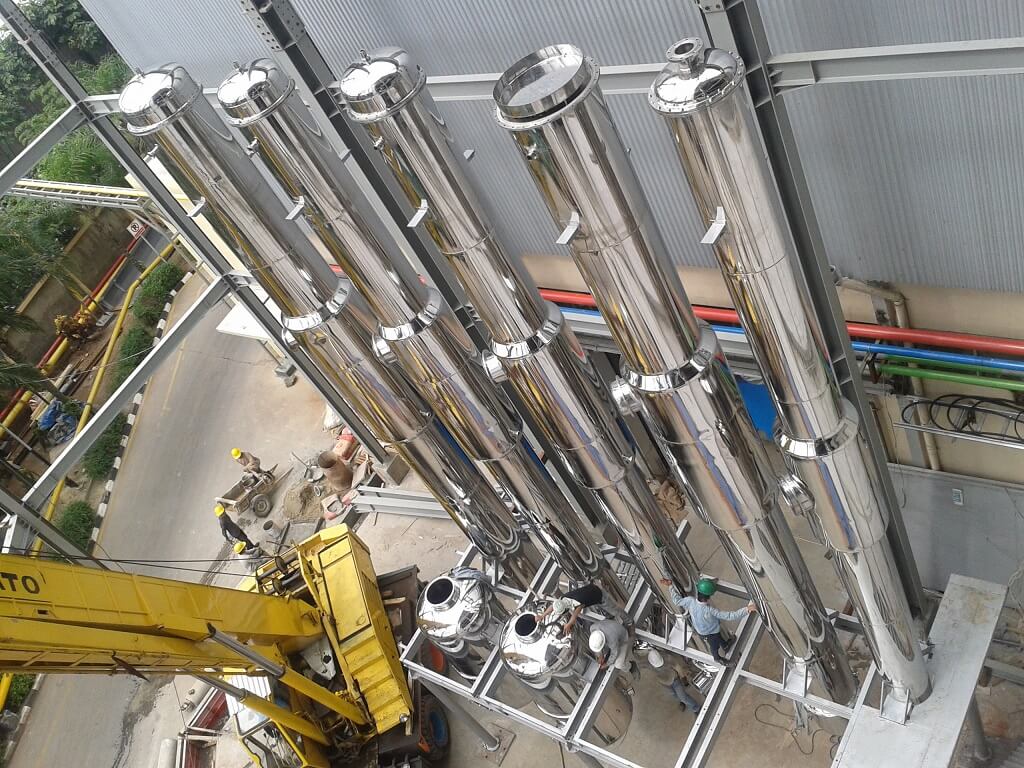Of all unit operations in Engineering, industrial drying equipment is probably of wider application in the industry, and a good appreciation of the drying machine and the available equipment is very important.
Likewise, drying is an interdisciplinary and very broad topic, as well as a very intensive process. The use of modern and well-designed equipment, with high thermal effectiveness, plays an important role in leading to carry out the operation.
Definition of Drying
The drying process is defined as the removal of volatile substances (a la known as moisture) from a mixture found in a solid product by means of heat. This definition excludes the concentration of a solution or mixture by evaporation and mechanical desiccation by filters, dams, or centrifuges.
Moisture: The moisture content of a solid is commonly expressed such as the weight of moisture content per unit weight of the dry solid or wet. It is customary to refer to the moisture content in a wet base, but current dry base calculations have begun to be used in drying. On the one hand, the wet base expresses moisture in a material such as a percentage of the weight of the wet solid, while the dry base expresses the moisture in a material as a percentage of the weight of dry material.
Reasons for Drying
The needs for drying are as diverse as the materials that can be dried. The food must be ready at the time of being taken to the final consumer. Some of them must have a content of specific humidity to be pressed, molded, or granulated. The transportation cost often depends on the moisture content of the product, so you have to find a balance between the content of product moisture and the cost of drying. On the other hand, over-drying is the way to errors in the process fact not only spending energy unnecessary but can also degrade the treated food.





